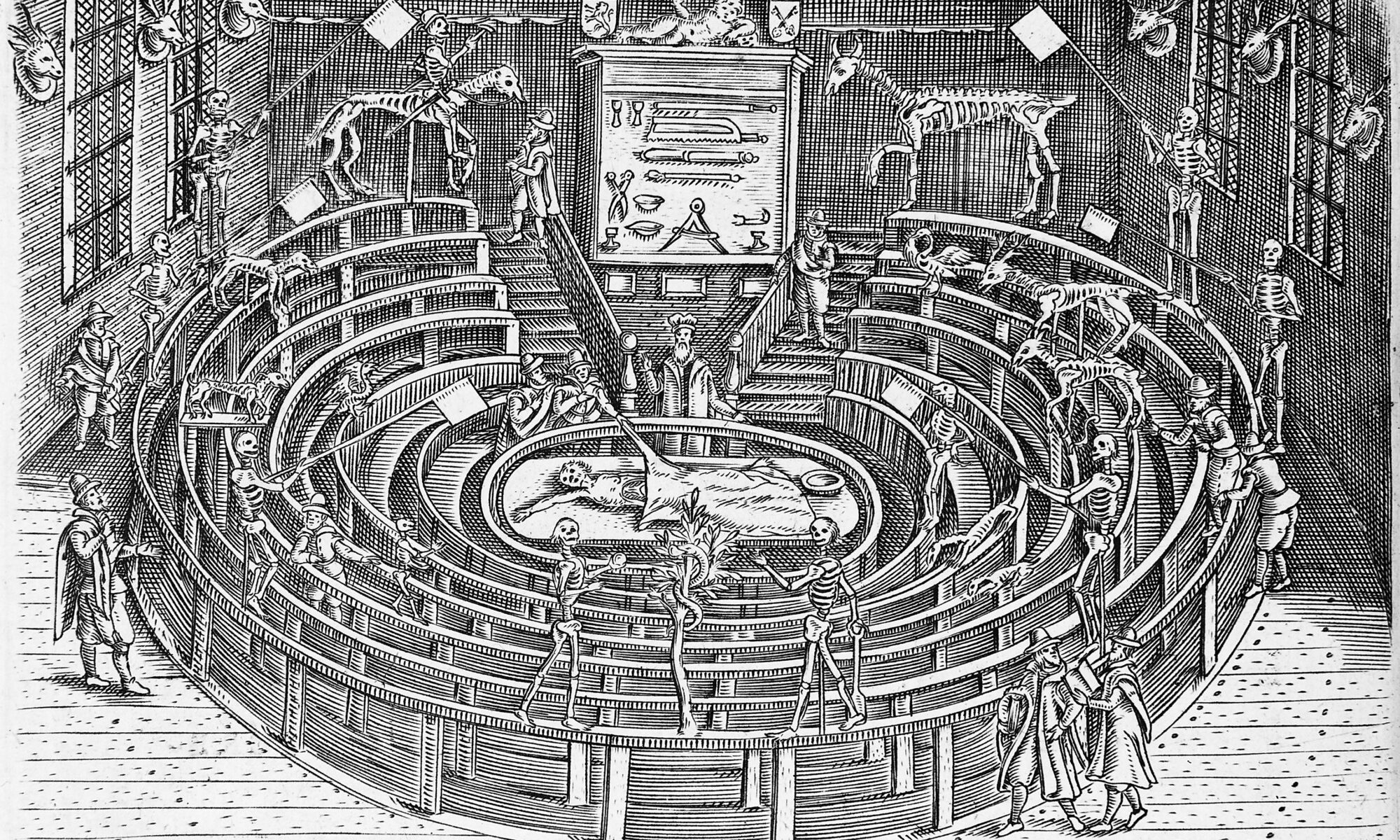 Without a doubt, the most controversial anatomical atlas in the history of medicine. Its author was the Austrian anatomist and rector of the University of Vienna Edouard Pernkompf (1888-1955). He invited four artists who were responsible for the preparation of the illustrative material of the Atlas. Initially, in the years 1937-1941, two volumes devoted to the anatomy and muscles of the abdomen, pelvis and pelvic limbs, respectively, were published. The album was famous for its amazingly beautiful, colorful drawings and from a scientific point of view it was a scientific masterpiece. His assessment was overshadowed by the affiliation of Pernkompf and his assistants to the Nazi party, which was revealed in the album itself by the Nazi symbolism emphasized in many places. The use of the bodies of WWII victims and Nazi ideology for dissection was even more controversial. After the end of the war, Pernkopf stayed in an Allied prison for several years, then returned to work on the next volumes of the atlas. In 1952, the third part devoted to the head and neck was published, while the devil appeared after his death. In total, in the second half of the 20th century, the Pernkopf Atlas was published in five language versions.
Without a doubt, the most controversial anatomical atlas in the history of medicine. Its author was the Austrian anatomist and rector of the University of Vienna Edouard Pernkompf (1888-1955). He invited four artists who were responsible for the preparation of the illustrative material of the Atlas. Initially, in the years 1937-1941, two volumes devoted to the anatomy and muscles of the abdomen, pelvis and pelvic limbs, respectively, were published. The album was famous for its amazingly beautiful, colorful drawings and from a scientific point of view it was a scientific masterpiece. His assessment was overshadowed by the affiliation of Pernkompf and his assistants to the Nazi party, which was revealed in the album itself by the Nazi symbolism emphasized in many places. The use of the bodies of WWII victims and Nazi ideology for dissection was even more controversial. After the end of the war, Pernkopf stayed in an Allied prison for several years, then returned to work on the next volumes of the atlas. In 1952, the third part devoted to the head and neck was published, while the devil appeared after his death. In total, in the second half of the 20th century, the Pernkopf Atlas was published in five language versions.

